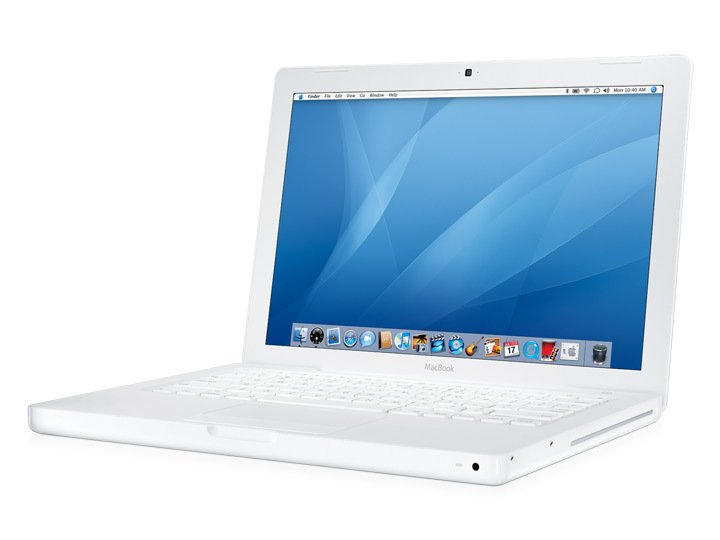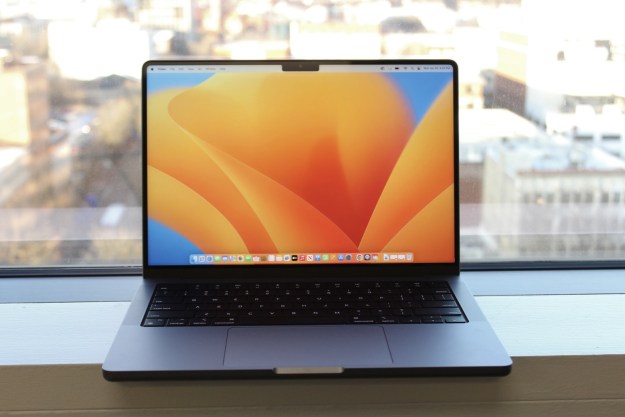
Although Apple appears to be no slouch in terms of supporting its products, even it has to draw the line somewhere. Starting on December 31, a number of Apple Macs will be dropped from the support rolls and be officially declared as obsolete, according to a 9to5Mac report.
More: Do you really need a new PC? Don’t buy one until you read our guide
Apple’s terms for PCs and iOS devices that are no longer repairable at Apple Stores and resellers are “vintage” and “obsolete.” Once a Mac receives that designation, its repair staff will no longer be able to order parts for the machines and thus will no longer be able to effect repairs. Apple defines “vintage” machines as “those that have not been manufactured for more than 5 and less than 7 years ago,” whereas “obsolete” products are “those that were discontinued more than 7 years ago.”
The status of machines added to the list varies by region. For example, Apple still provides support for Macs in California and for all Apple products in Turkey at Apple service providers, as well as for iPod and iPhone products in California via Apple Retails Stores and online support. Obsolete products are not supported anywhere.
The machines that reached vintage status in the U.S. and Turkey and obsolescence everywhere else include the 15-inch and 17-inch MacBook Pro (early 2011) models, while the Mac mini (early 2009) and 13-inch MacBook (mid-2009) models reached obsolete status. If you’re an owner of any of these machines, or the machines on Apple’s overall list of vintage and obsolete products, then it’s definitely time to consider an upgrade.
Editors' Recommendations
- The 6 key things Apple must fix in the next version of macOS
- MacBook Pro OLED: Here’s everything we know so far
- These 6 tweaks take MacBooks from great to nearly perfect
- If you buy one MacBook Air alternative, make it this one
- The biggest threat to the MacBook this year might come from Apple itself

